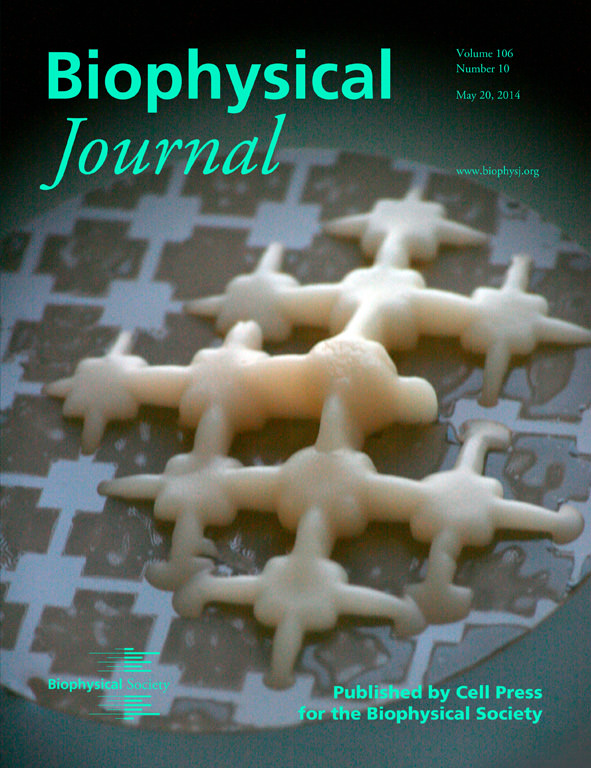
Our research focuses on populations of unicellular microbes and on the biophysical rules that shape these populations. Microbial colonies that are commonly used in the lab can form shapes that are complex and fascinating, yet they are not fully understood and are experimentally difficult to study. Microbe communities such as biofilms, however, have a big impact on our lives. Examples include medical infections on prosthesis, industrial processing blockage due to pipes clogging, or transportation slowdown as a result of formations on boat hulls.
We developed a method to control the shape of microbial colonies and particularly budding yeast, Saccharomyces cerevisiae. This method enables us to grow yeast into the form of cylinders, which we analyzed in this article. However, our method also allows us to grow colonies in any desired shape, and this growth confinement works for several organisms we tested (e.g., Escherichia coli, Bacillus subtilis). For this BJ cover image, we chose to grow a yeast colony in a specific pattern composed of 2 x 2-mm squares linked by lines, because we believe it raises questions about the expansion and ecology of microbial populations. We thus see this picture as a representation of our research, in that it shows our ability to control colony growth, but it also proposes a geometrical growth landscape that will involve landscape invasion and competition for resources in microbial assembly. More philosophically, we believe this image also conveys a feeling of how natural growth proceeds when facing a nonnatural technological constraint.
Although this is not science’s principal aim, we believe that beauty or fun are important in the face of science communication, especially so if it brings science articles to the general public. The picture was taken with natural solar illumination and a Canon EOS 400D camera. The camera was equipped with a homemade diaphragm to impose a black surrounding hallow.
For more information about our research, visit http://lab513.fr/labr/.
--Clément Vulin and Pascal Hersen